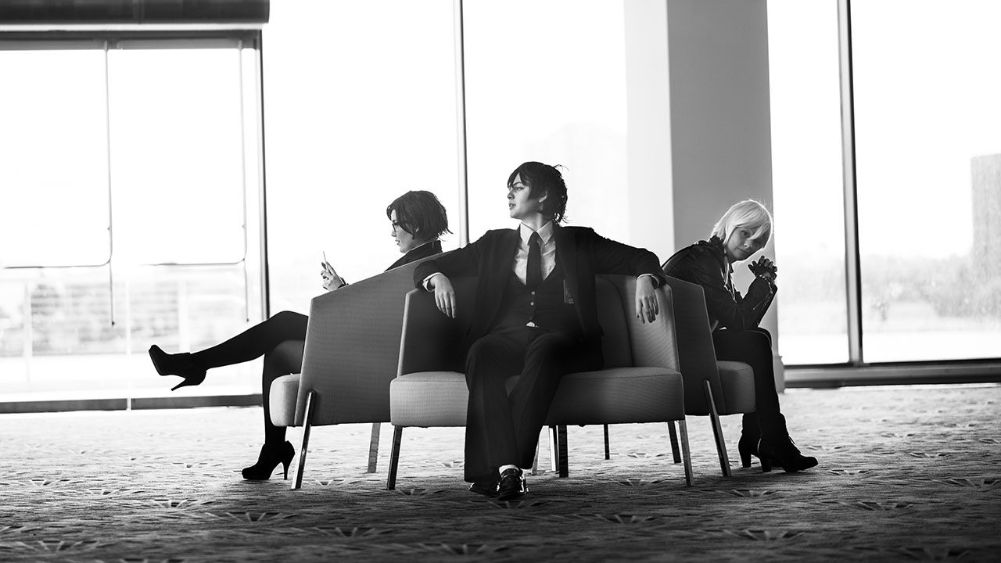Post-lockdown retail: a tale of two stories.
Share

The retail landscape in Australia drastically changed when COVID-19 struck. Spending in the retail sector crashed in March and April 2020 (as seen in the below graph) when the first lockdowns came into effect, resulting largely from the traditional bricks and mortar retailers being forced to shut their doors.

However, what we have seen since then has really been a tale of two very different stories. ABS statistics show that the retail industry as a whole has bounced back from the March 2020 crash and remains at an all-time high – exceeding pre-COVID levels (see graph below).

But does this really reflect the reality of what we are seeing in shopping centres and shopping strips?
In my view, the “boom” in retail is largely in respect of bigger retailers who already had an established online sales platform when COVID struck and have since reaped the rewards of the massive shift to online purchases. Before COVID, total online sales for non-food retailers totalled about 10% of all sales on a month by month average. Since COVID, this more than doubled.

However, the second tale which is not reflected in the above graphs is in respect to the smaller traditional bricks and mortar businesses, those in shopping centres or shopping strips, who weren’t so quick to jump onto the online sales bandwagon.
While they may have been up and running since lockdown ended, foot traffic still remains low – particularly in our CBDs which have struggled as a result of the lack of willingness of workers to return to offices full time. These are the businesses which are struggling, not to mention the additional pressures facing these bricks and mortar retailers including:-
- cost of living pressures rising and the likelihood of further interest rate rises which will result in more Australians tightening their belts and minimising spending;
- costs of materials and transportation increasing;
- stock shortages due to shipping delays resulting from the continuing lockdowns in China;
- government assistance packages and business grants largely coming to a stop;
- rent relief provided by landlords due to COVID coming to an end, including deferred rental payments which may now be falling due and payable to landlords;
- financiers tightening lending and starting to seek to repay existing loans; and
- the Australian Taxation Office chasing businesses for repayment of historical debts (which have largely been dormant since COVID).
The important message for retailers facing these pressures is to deal with these issues now by starting a conversation about the options available before it becomes too late.
Retailers who are concerned about their finances should reach out for a no-obligation consultation to discuss the options available, including the new SBR regime which is designed to assist small businesses to work through their financial difficulties while remaining in control of their businesses.







